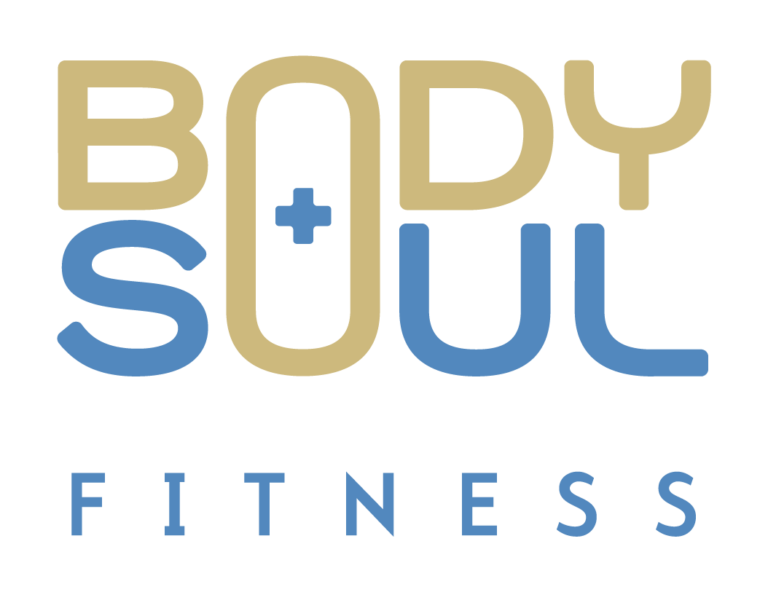Introduction
Once we know which physical components to focus on from the needs analysis, we look to develop smaller goals in line with the physical components being developed. So if the needs analysis reveals that power and speed are the most important qualities to develop, we set realistic speed and power goals in training with the hopes that reaching these goals will carry over to the activity and improve performance.
How Many Goals Should I Set for Myself?
There can be one big training goal for the improvement of selected attributes that are normally achieved at the end of the training period, just before the event or season with many more intermediary training goals along the training period to ensure step by step progression. These intermediary goals track progress throughout the training cycle to ensure that someone is on track to reach their training goals at the end of the training period and allow the opportunity to modify a program if need be.
How Do I Put Action to my Goals?
With the training goals set, we now organize the training period, into 2 main phases. The first training phase is called Preparatory Period, followed by the Transition Period.
The preparatory period can be further divided into a general preparation phase and a specific preparation phase. When starting a training program with a specific goal in mind it is important to start off with exercises that will improve base level conditioning and that improve the movement patterns associated with the goal task. This is the General Preparatory phase and it includes lots of fundamental movement patterns like squats, deadlifts, presses and pulls as well as exercises meant to reduce muscle imbalances. The purpose of this phase is to prepare the body for the more intense training to come in the specific preparatory phase by getting the body to develop the muscle and muscular endurance needed to handle the greater stresses of subsequent training and the eventual task itself.
After a period of weeks to a month of the general preparatory phase comes the specific preparatory phase. Now that a general physical base has been developed in the general phase, we now use exercises that build off of what was worked on in the general phase that are more similar or specific to the movements used in the goal task. This period is characterized by increasing intensity of the exercise or level of effort while also decreasing the volume or amount of work done. The training goals in the specific preparatory phase tend to center around maximum strength. Now that we’ve established a general physical base, next comes the Transition Period.

Rui Carvalho
Share This Post
Rui introduces the series and outlines the information he aims to provide you with, which will ultimately prepare your body, physically, for whatever challenge you have set your mind to.
Rui introduces the process: Task Needs Analysis, which examines what type of physical demands the sport or event you’re preparing for involves. He discusses how you can conduct a task needs analysis specific to your end goal.
Now that you have identified what physical demands your event requires, Rui addresses small goal setting and organizing your training period into two main phases: the preparatory period, and transition period. He explores how to navigate your way through each of these phases to reach your end goal.
Rui unpacks the transition period, and guides you to shift your training focus from the improved fitness to the task specific activities. Essentially, Rui gives you the tools needed to link the preparatory period with the competition or goal task.
